Description
Emily and Alice set out from the home in Victoria on a ferry to Vancouver, then travel by train to Quebec City to board an ocean liner. They stop many times along the way and have many adventures. In the west, they hike in “gloriously cool and beautiful” Glacier House, encounter porcupines and wasps in otherwise “heavenly” Lake Louise, and endure a plague of mosquitoes in Banff.
Emily’s faithful dog, Billie, accompanies them as far as Edmonton, where he will stay with friends, “and so I will find him waiting when the year is up, with the wonderful patience and understanding of his kind”.
The sisters carry on to the “wonderful little town” of Medicine Hat, then Winnipeg, Montreal and “wonderful historic old” Quebec City. There they wait for the ocean liner to carry them to England. But when they discover that their trunk, with all their belongings, has gone missing en route, “we collapsed in black despair”.
Nevertheless, the ship must set sail, and so the sisters board the SS Empress of Ireland for Liverpool. Will their trunk be located? What other adventures await them?
This one-of-a-kind book is introduced by archivist and historian Kathryn Bridge, who places it in context with Carr’s other works and her family.
Emily Carr (1871–1945) is one of Canada’s best-known painters and an award-winning author of several books. She exhibited artistic talent from an early age and when 19 travelled to San Francisco to attend the California School of Design; she remained there as a student for three years, then returned to Victoria in December 1893. Over the next few years Emily taught art to children and saved her money to cover the costs of continuing her formal studies. In August 1899 she left Victoria for England and the Westminster School of Art. She soon found that living in London did not agree with her health and so moved on first to Cornwall, and later, to the art colony at Bushey, just outside London. In 1904, after a traumatic final year where she was hospitalized for many months, Emily returned to Victoria.
In 1910, Carr left Victoria once more to pursue her art studies – her trip with sister Alice to London and then to France. This was an important trip for Emily Carr. She found Paris too stressful and decided instead to travel through the French countryside, painting and staying in small towns and villages. She studied under Phelan Gibb in the small town of Crecy-en-Brie and later in St Efflame. It was under Gibb that she broadened her vision, learning to translate the landscape from a realistic impression to a new, abstract realization, influenced by the Fauves and Cubists, then in vogue in Paris. Carr left the following year, having assumed this radical new artistic style that was to be the real beginning of her artistic growth.


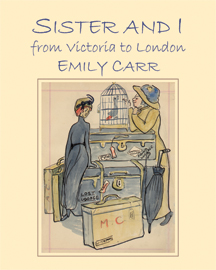
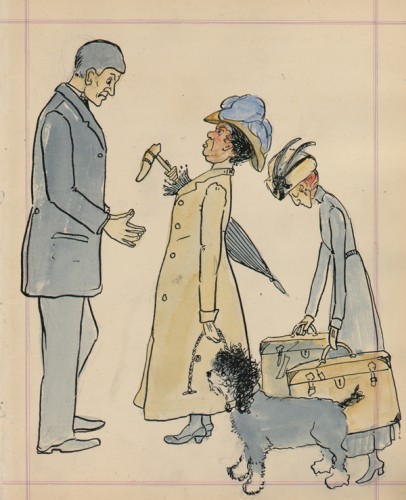

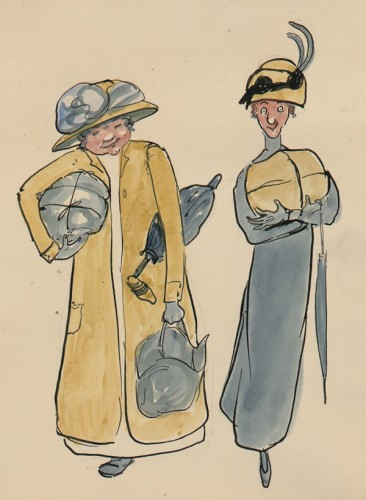
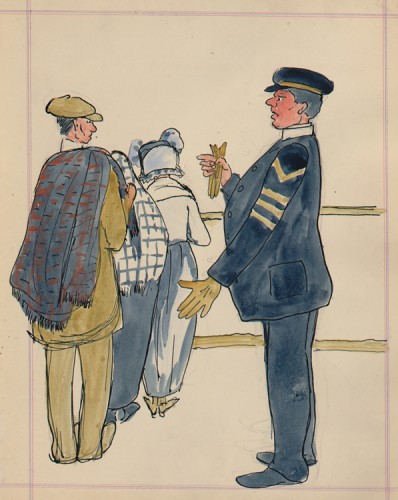
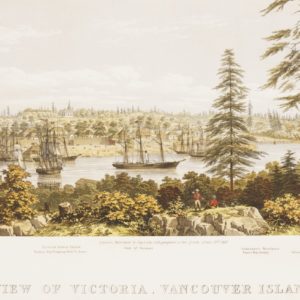
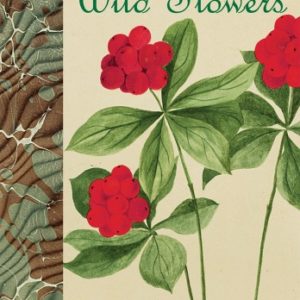
Reviews
There are no reviews yet.